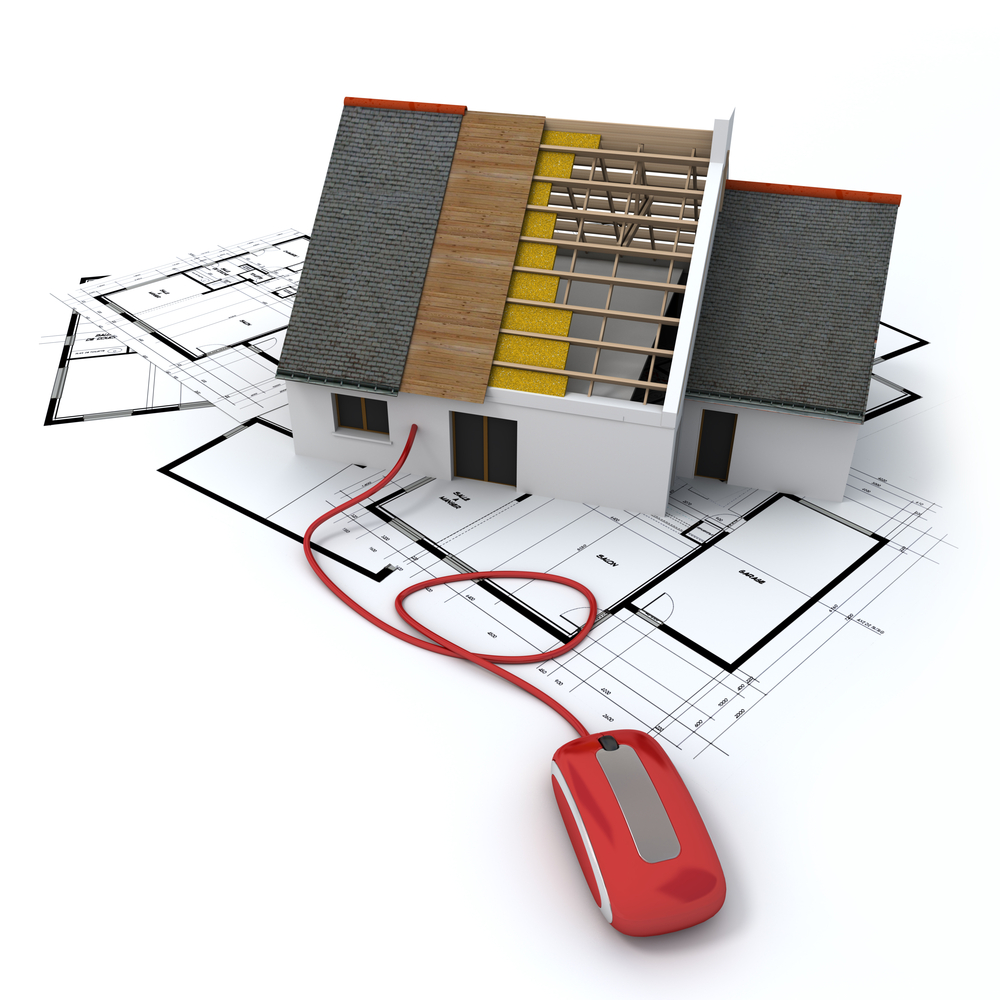The roof over your head at home is made up of more than just shingles. There are many different components that go into a roof. These components protect homes against elements such as rain, snow, wind and more. But what makes up a roof? This article will explore the components of a roof, leaving you feeling like an expert on all things roofing at the end! After all, it pays to be familiar with one of the most important structures in your home.
Anatomy of a Roof
While roofs come in a variety of shapes and sizes, roofing terms tend to stay the same across the board. It’s helpful to learn the roofing vocabulary below when learning about the components of a roof:
- Hip – A roof hip is where two roof areas connect and point outwards. A roof that has hips requires a specific type of shingle in order to cover the hips.
- Roof plane – This is the large surface area of a roof. It is usually flat and pitched or angled. A roof plane is sometimes called a roof ‘field’.
- Valley – A roof valley is when two roof surface areas connect and point inwards.
- Dormer – This is a roofing feature that goes outwards from the face of the roof. It normally contains a window and adds extra space to a home (such as a bungalow loft conversion)
- Eave – An eave is when a part of the roof hangs over the edge of the supporting wall.
- Gable – While not all roofs have gables, if a roof does have a gable, it will have a wall shaped as a triangle underneath two connected roof planes.
Layers of a Roof
As with most things that are built over time, standard roofs begin as a frame. Roofing frames are typically made out of lumber and incorporate rafters, trusses and joists. These are beams that work together to support the weight of the roof.
- Rafters – Rafters are usually made out of wood or metal. They cover the ends of a roof and help form the overall framework.
- Trusses – This is the overall framework that can be found across the whole roof. It contains multiple pieces such as rafters and supports things such as insulation, cover, and sheathing.
- Joists – Ceiling joists are planks of wood that run along the rafter’s and provide strength to the overall structure.
Now that you understand a bit more about the frame of a roof it’s now time to learn about what happens after the frame is put into place. Once the frame is ready, it is covered in something called decking. Decking is what’s used to cover the entire roof and acts a base for the rest of the components. While decking used to primarily be made out of plywood, other materials are now being used such as oriented strand boards.
Underlayment, Flashing & Shingles
The first barrier that is built into a roof is known as the underlayment. The underlayment goes on top of the decking. It acts as a barrier between the shingles and decking and also acts as a water barrier. Once the underlayment is installed on a roof, flashing will then be installed. After the flashing is finished, the final component will be added to a roof which are shingles. This is what is visible to the eye when looking at a roof.
Get in Touch for your Roofing Needs Today
The roof is one of the most important components of a home. Give your roof the care it needs by getting in touch with one of the best roofing companies in Las Vegas, Rhino Roofing.


